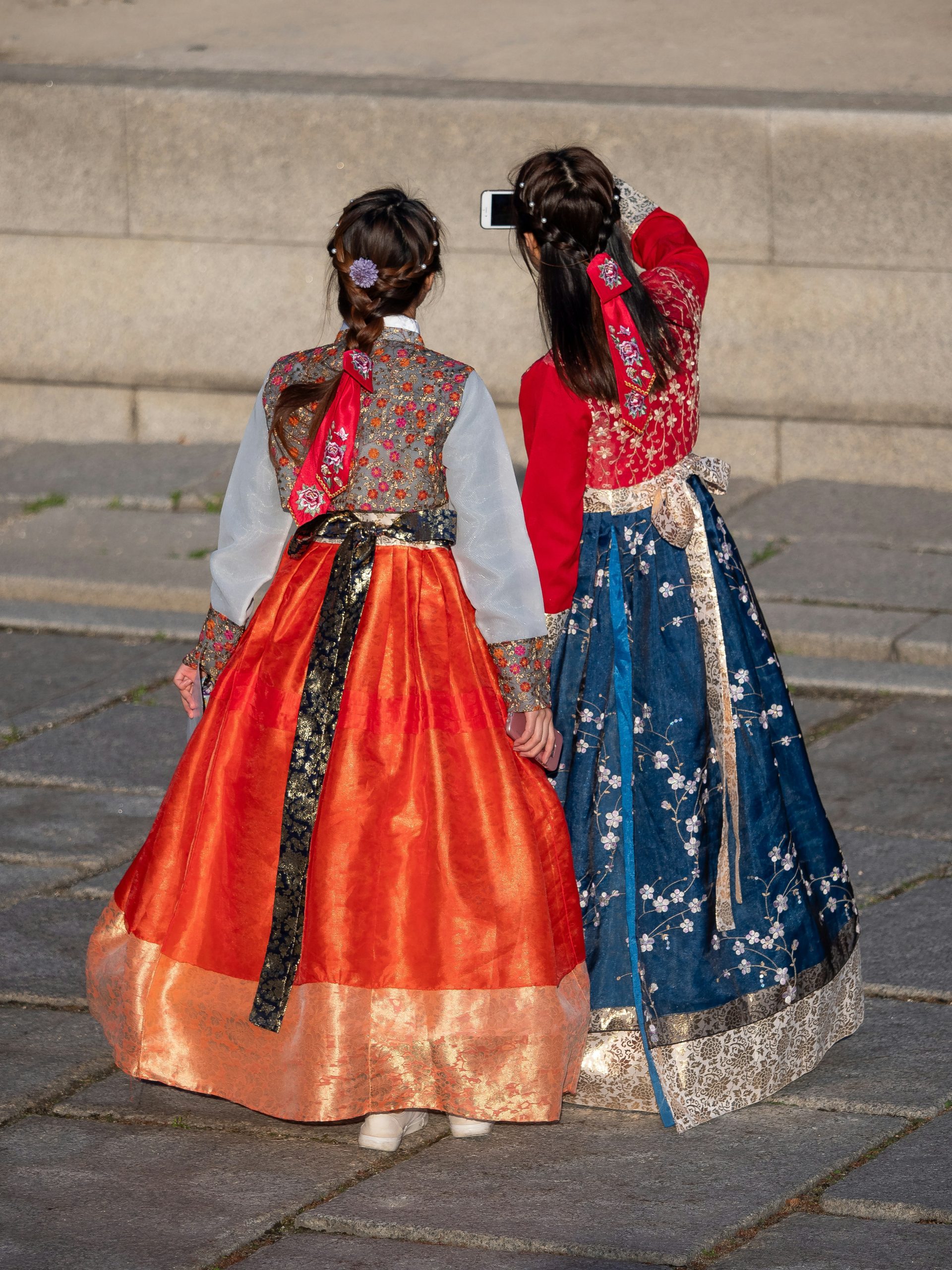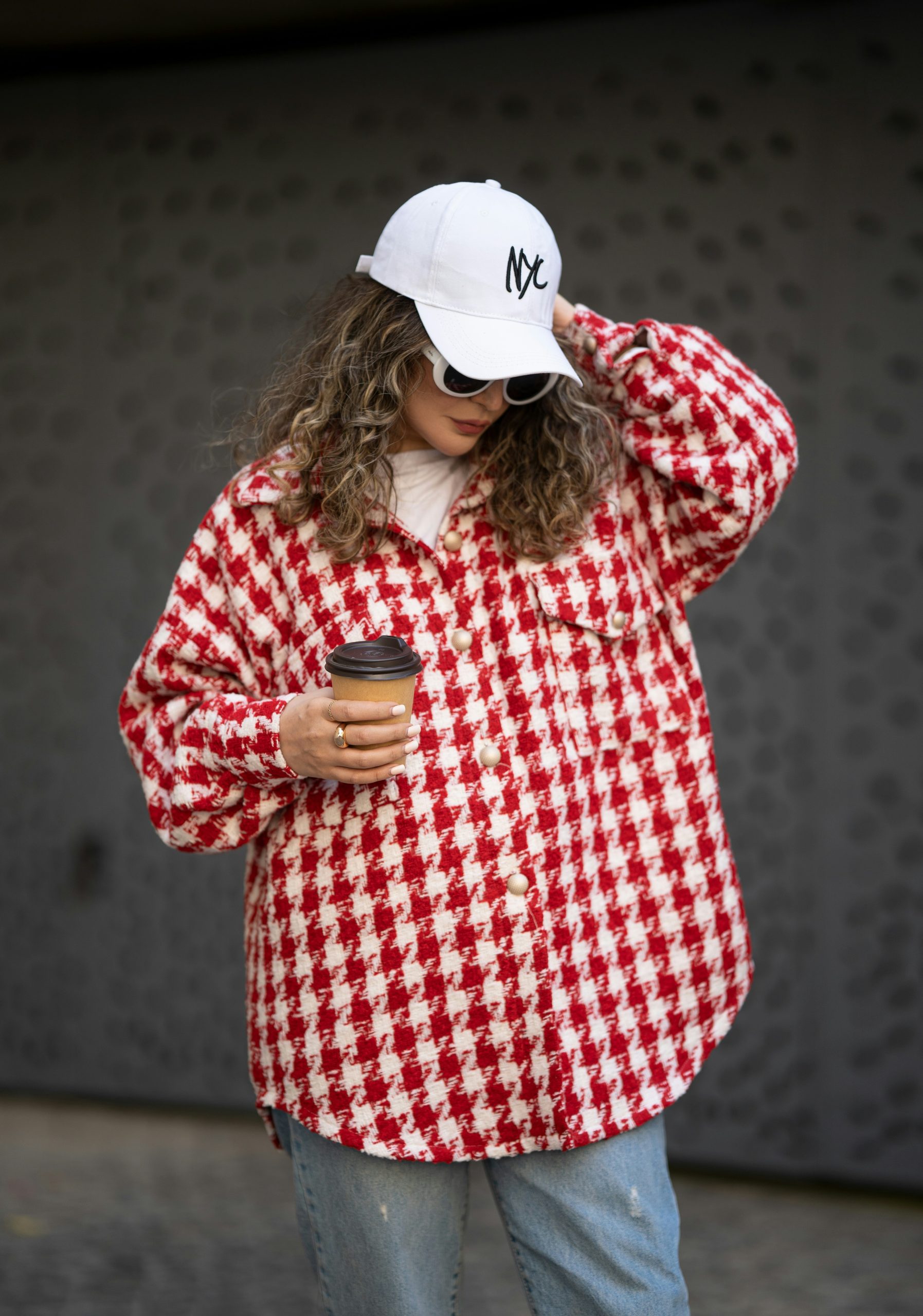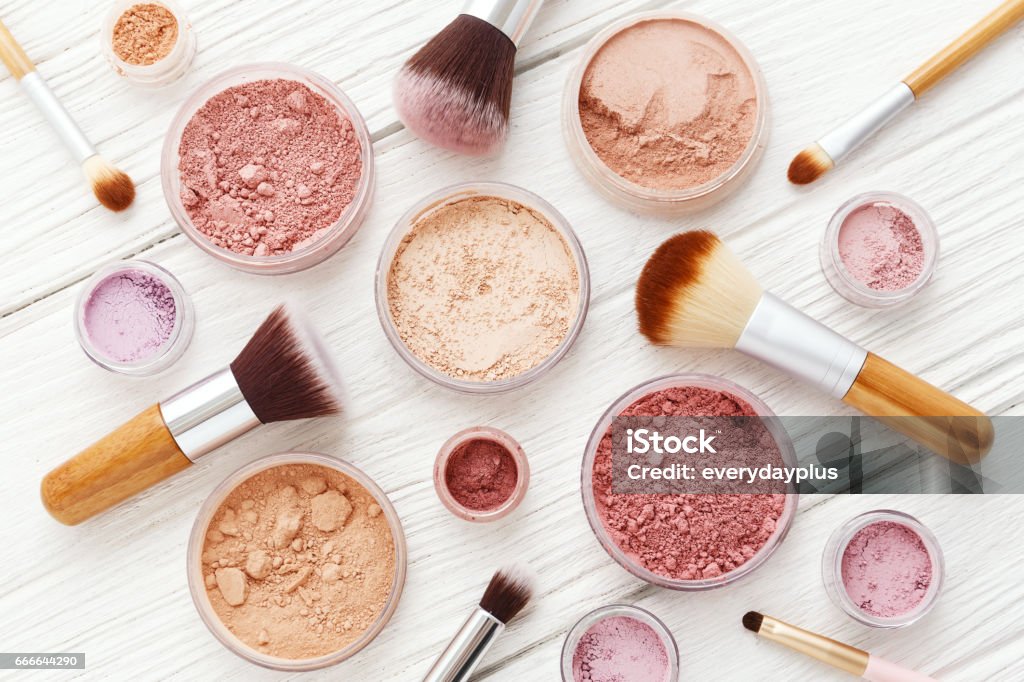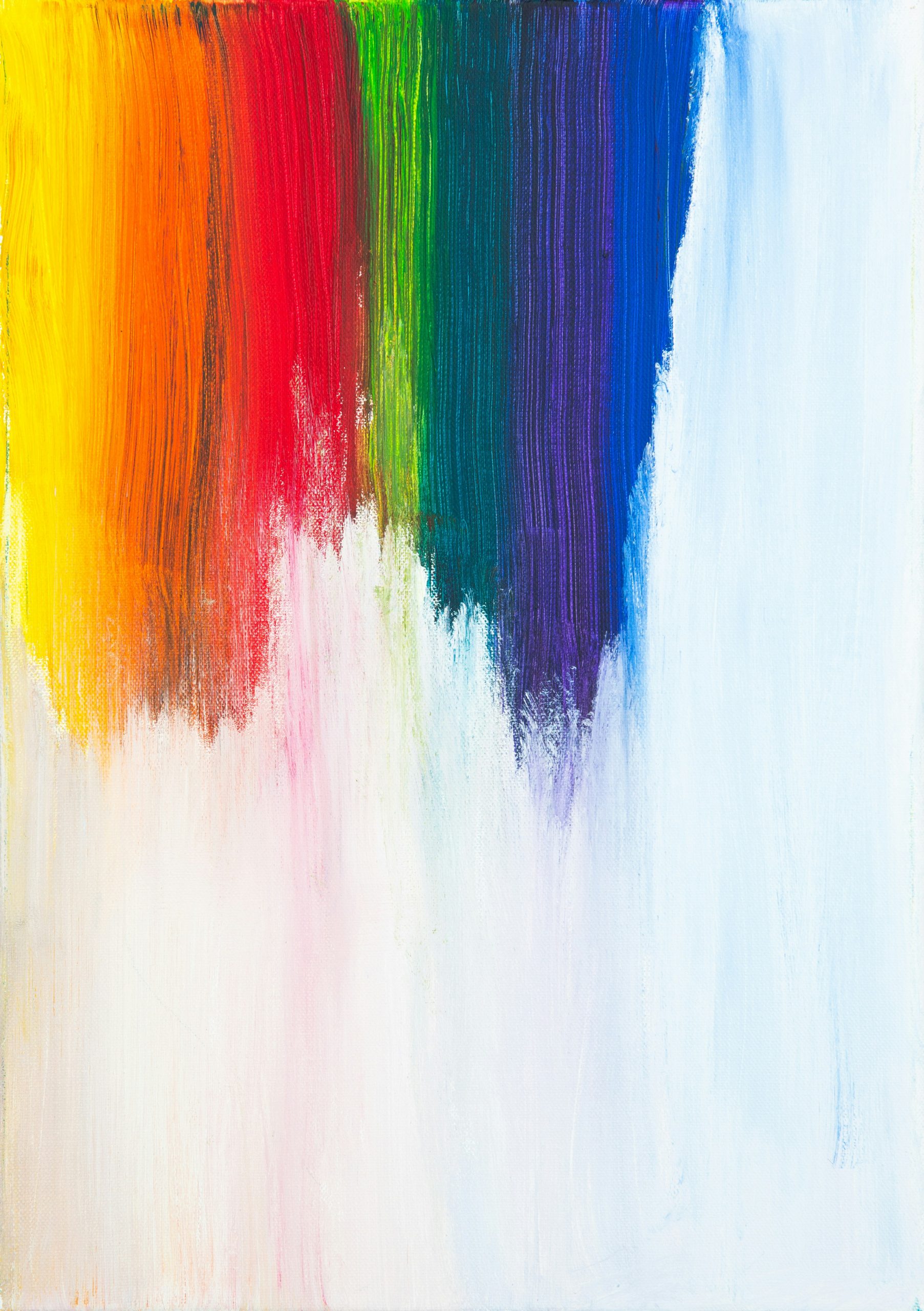In the age of viral fashion, it’s easy to feel like everyone is dressing the same. Open Instagram, TikTok, or any street-style blog, and you’ll see recurring aesthetics: coquette-core, Y2K, quiet luxury — all modeled by it-girls, influencers, and idols alike. K-pop icons like Jennie of BLACKPINK and the girls from NewJeans have become global style references, shaping what Gen Z and Millennials wear from Seoul to Paris.
But as their influence grows, so does one dilemma for fashion-forward individuals: How do you take inspiration from style icons without becoming a carbon copy? This article explores the fine line between influence and imitation — and how you can carve out a unique personal style in a world full of lookalikes.
The Style Icons: Jennie vs. NewJeans
Before we talk about how to avoid duplicating looks, let’s first understand why Jennie and NewJeans have become such cultural fashion forces.
Jennie: The Queen of Effortless Luxury
Jennie Kim’s style blends high-end fashion with a nonchalant twist. She mixes Chanel tweed with vintage jeans, adds minimal makeup to bold silhouettes, and turns classics into contemporary essentials. Her aesthetic: modern Parisian cool meets Seoul street. Whether she’s wearing an off-shoulder Miu Miu dress or a plain white tee with low-rise trousers, she never looks over-styled — yet she always looks expensive.
NewJeans: Retro Youth With a Twist
NewJeans’ style, on the other hand, is about playful nostalgia and casual freshness. Think 90s baby tees, wide-leg cargos, digital hair clips, and sneakers. Their outfits feel like curated thrift finds worn with an effortlessly Gen Z touch. Rather than projecting power, their clothes scream freedom, movement, and fun. Their style doesn’t chase trends — it creates them.
The Problem With “Copy-Paste” Fashion
The fashion cycle is faster than ever. A Jennie airport look gets reposted thousands of times, leading to fast fashion recreations available online within a week. NewJeans’ MV outfits become TikTok challenges, replicated by teenagers globally.
This hyper-visibility creates a trap: we start consuming fashion as formulas. The exact same hair clips. The same jacket. The same color combinations. This robs personal style of what makes it personal. Fashion becomes performance — and sameness becomes safety.
So how can you stay stylish without blending into a sea of clones?
1. Shift From Copying to Curating
Being influenced isn’t bad — it’s inevitable. The key is how you use that influence. Instead of copying an entire look from head to toe, dissect it:
What about Jennie’s outfit speaks to you? Is it the color palette? The contrast between formal and casual?
What from NewJeans feels wearable to you? Is it the relaxed proportions? The 90s vibe?
Take these elements, not the whole outfit. Use them as ingredients — then cook your own style dish.
2. Anchor Your Look With Personal Pieces
Develop a set of wardrobe items that are uniquely you. These could be:
A signature color (e.g., burnt orange, slate gray, forest green).
A go-to silhouette (like high-waisted A-line skirts or slouchy oversized blazers).
A recurring accessory (such as chunky rings, printed scarves, or vintage bags).
These anchors ensure that no matter who inspires your outfit, there’s always something distinct that marks it as yours.
3. Mix High and Low, Old and New
Jennie wears Chanel — but also reworks vintage or sportswear staples. NewJeans pairs current trends with retro thrifted finds.
You can do the same:
Combine a trending micro mini with your dad’s oversized windbreaker.
Wear an indie designer’s accessory with your Uniqlo basics.
Style your mom’s vintage belt with Zara trousers.
The mix makes your outfit unrepeatable — and more original than any full-look dupe.
4. Think Beyond Brands
It’s easy to believe that dressing like Jennie or Hanni means buying the exact Miu Miu top or the same pair of Salomons. But brand is only part of the equation. Often, it’s styling — not the label — that defines the vibe.
Instead of brand-chasing, focus on:
Layering choices: How do they mix crop tops, jackets, or socks?
Texture and contrast: Matte vs. shiny? Structured vs. slouchy?
Body language and attitude: Sometimes what makes an outfit iconic is how it’s worn — slouched sleeves, low-slung pants, half-tucked shirts.
Style is expression — not a shopping list.
5. Be Ahead, Not Behind
Instead of waiting for an idol or influencer to validate a trend, challenge yourself to experiment first. Trust your instincts. Play with proportion, unexpected colors, or DIY elements. You don’t have to be a designer to innovate — sometimes just wearing something differently is enough.
Ask yourself: “Would I wear this even if no one else was wearing it?”
If the answer is yes — that’s fashion freedom.
6. Use Icons as Moods, Not Blueprints
Next time you see Jennie in a low bun and trench coat or Minji in denim overalls and headphones, try interpreting it as a moodboard, not a rulebook.
Jennie’s trench look? Try “Parisian cool in rainy weather” as your theme and build your version of it.
NewJeans’ cargo pants? Maybe for you that translates to relaxed tailoring and statement sneakers — not the exact same pants.
Mood-inspired dressing fosters originality while still acknowledging the people who inspire you.
Final Thoughts: Dress Like You, Inspired by Them
Jennie and NewJeans are incredible style references because they represent two sides of contemporary fashion — aspirational elegance and relaxed rebellion. But their power lies not in being copied — but in awakening creativity in their audiences.
So don’t be afraid to take notes from your icons. But translate them in your own language.
In the end, the most stylish person in the room isn’t the one who looks like Jennie — it’s the one who looks like themselves, inspired and unafraid to be different.
This Article Was Generated By AI.










